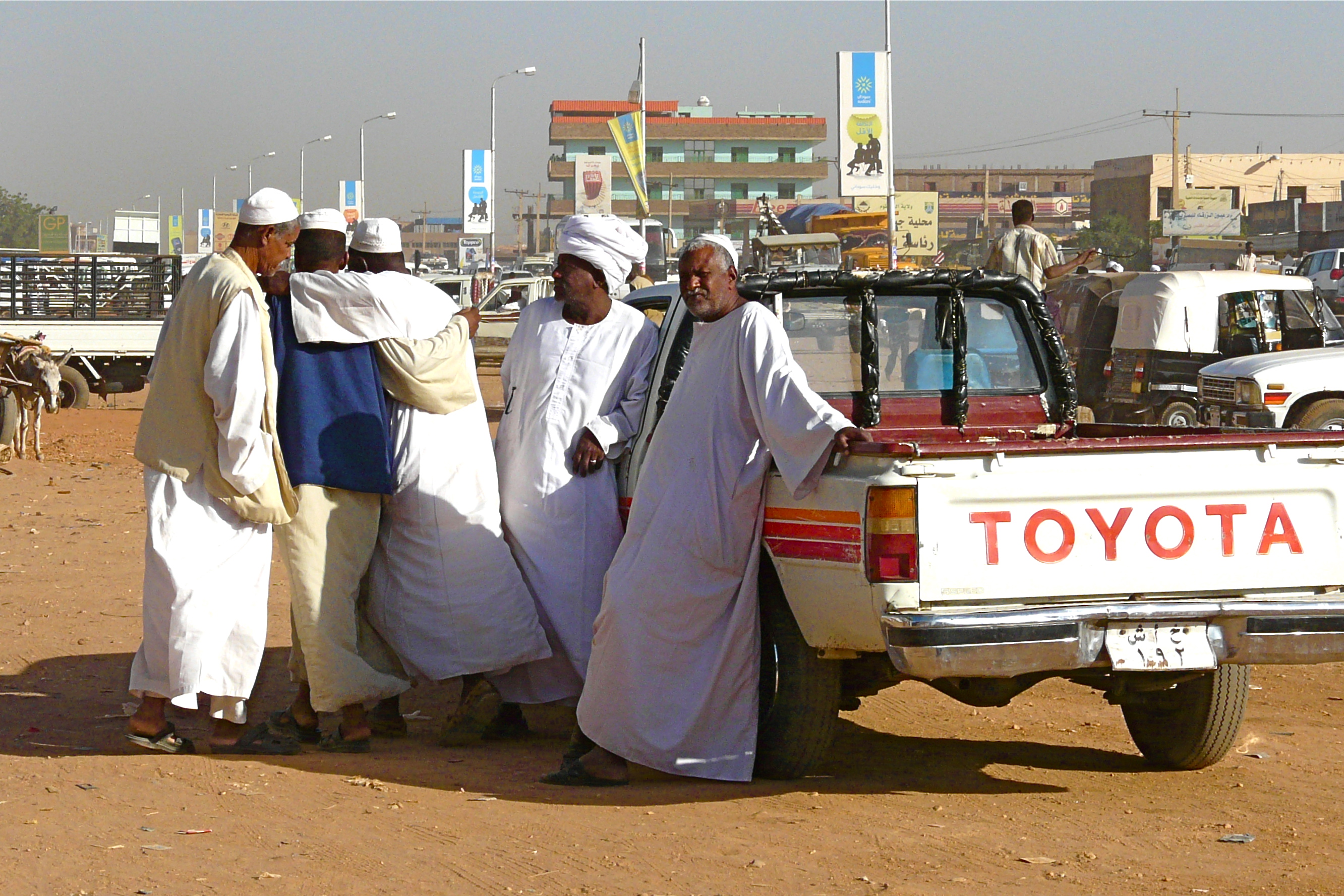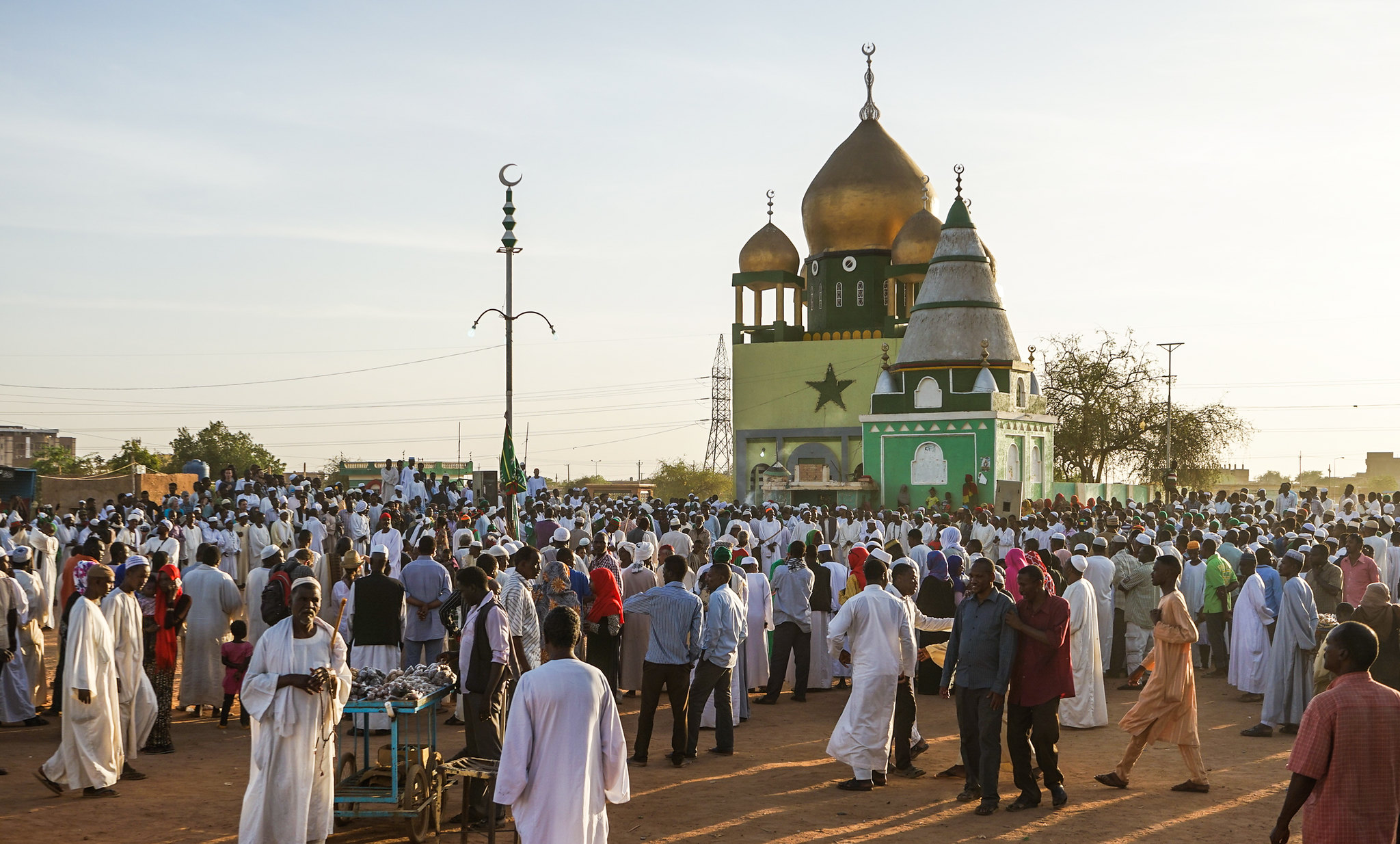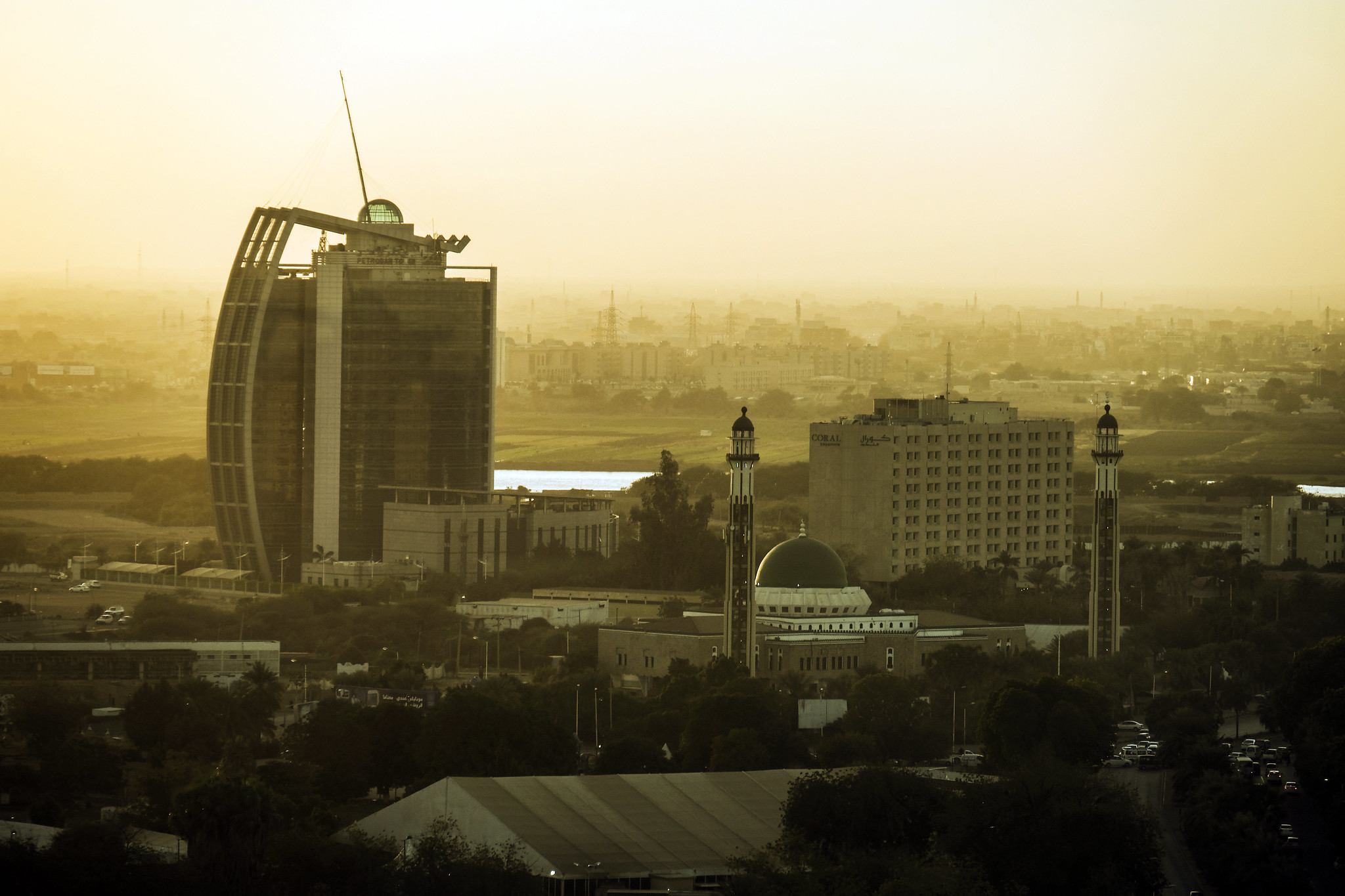As conflict once again rages in Sudan, Chris Zambakari looks back at the history of peacemaking in Sudan to see what lessons can be learned from the success and failures of negotiations in the country.
Sudan has a long and complex history of conflict with ethnic and regional tensions dating back to the colonial era. The country has experienced numerous civil wars, including the battle currently raging for control of Khartoum, and the ongoing conflict in Darfur. Since independence, two-and-half million have died in Sudanese civil wars.
Two wars and 40 years
On 1 January 1956, Sudan gained independence from the Anglo-Egyptian Condominium, the joint British and Egyptian government that administrated the country. A new country a third the size of the United States now contained 582 ethnic groups speaking more than 130 different languages.
The First Sudanese Civil War began before independence was even official and was fought from 1955 to 1972 between the northern and southern regions of Sudan. Violence erupted when southern soldiers mutinied against their northern superiors in the Sudanese army and demanded greater freedom for the south. The conflict ended with the Addis Ababa Agreement of 1972.
The agreement granted autonomy to southern Sudan and promised development projects, including the construction of schools and hospitals. But the government in Khartoum reneged on its promises, leading to the outbreak of the Second Sudanese Civil War in 1983.
It was not until 2005 that The Comprehensive Peace Agreement (CPA) eventually ended the second war after two decades of internal strife. The government and southern rebels signed the agreement calling for a six-year transition period, after which the people in the south of Sudan would vote in a referendum on whether to secede from the rest of the country.
However, the CPA did not bring lasting peace. Disputes over the sharing of oil revenues and the demarcation of the border between the north and south combined with continuing conflicts in Darfur meant violence was ever present in the country.
The signing of the CPA was supposed to usher in a new era for Sudan, but the country’s many tangled political/military divides have proven a tough nut to crack. Just a year after the CPA, in 2006, the Darfur Peace Agreement (DPA) was signed between the government and some rebel groups, but it too failed to bring lasting peace to the region. The agreement was rejected by two other rebel groups: the Justice and Equality Movement (JEM) and a rival faction of the Sudan Liberation Movement.
In this instance, the Sudan Tribune summed up the problem in its sub-head, “The DPA was imposed in Darfurians and in Africa proximity matters for participation in peace processes.”
In 2011 another attempt was made to settle the country’s bloody infighting. The Doha Document for Peace in Darfur (DDPD) was signed between the government of Sudan and the Liberation and Justice Movement, one of several Darfuri opposition rebel groups. But it left out other rebel groups including the Justice and Equality Movement and both factions of the Sudan Liberation Movement, the SLM-Minni Minnawi and SLM-Abdel. Once again it was a fragile short-lived experiment in patience and cooperation. The DDPD was criticised for being too focused on power-sharing arrangements and failing to address the root causes of the conflict.
In 2016, the Sudan People’s Liberation Movement-North (SPLM-N) signed a cessation of hostilities agreement with the government, but it was never fully implemented. The SPLM-N then split into two factions, further complicating the peace process. In 2019, the Forces for Freedom and Change and the Transitional Military Council signed the Constitutional Declaration, which established a transitional government and paved the way for democratic elections. However, the implementation of the agreement has been slow, and there have been concerns about the government’s commitment to the peace process.
One more time
In 2011, the people of southern Sudan exercised the powers granted to them in the 2005 Comprehensive Peace Agreement and voted in a referendum to secede from the north and form the new country of South Sudan. While the referendum itself was peaceful, the aftermath was marked by renewed violence, particularly along the border between the two countries. This resulted in another peace agreement, The Juba Peace Agreement (JBA), the most recent attempt at peace in Sudan.
Signed by the Sudanese government and the Sudan Revolutionary Front, the JBA is, according to its Preamble, “Inspired by the struggles of the Sudanese Peoples through periods of history against totalitarian and dictatorial regimes.” The International Institute for Democracy and Electoral Assistance said the pact “opened the door to confidence building and conditions conducive to political consensus and dialogue. These conditions were recognised as necessary before a sustainable peace could be achieved in Sudan.”
While the JPA is designed to incorporate armed and unarmed opposition groups in Sudan to join the transitional government, the two most powerful rebel blocs – the Darfur-based Sudan Liberation Movement and the aforementioned SPLM-N – remain outside the accord, complicating chances for meaningful implementation.
Three lessons from history
First, to be successful, peace agreements must be inclusive and involve all stakeholders – rebel groups, civil society organisations, international bodies, and the government. Everyone must have a stake in the resolution. This includes those Sudanese who live in the vast and restive regions outside of the capital city of Khartoum, and the current rebel outliers the SLM and SPLM-N. Excluding groups in the past has resulted in the failure of agreements and the continuation of conflict. Although consensus cannot be forced, it doesn’t count as consensus if some groups are ignored.
Second, peace agreements must address the root causes of the conflict, such as land and resource disputes, political marginalisation, and ethnic and religious tensions. Focusing only on power-sharing arrangements in and around Khartoum and ignoring the underlying issues have proved futile in the past and will be again in the future.
Third, peace agreements must be properly implemented and monitored, with clear mechanisms for resolving disputes and addressing violations. Agreements must be forward-looking in this respect, with cooperation from internal and external forces be they regional, national, or international and agreed upon by all signatories.
The international community will also have its part to play, including technical, financial, and charitable contributions. Peace-building efforts must be facilitated – when requested – by such international actors. However, and this is important, the international community at the same time must exercise restraint in its involvement. Peace cannot be force-fed. It must be collaborative, or it will not hold.
The future
The history of peacemaking in Sudan is complex and multifaceted, with both successes and failures. From the early attempts at conflict resolution to the current peace agreements, there have been many stakeholders involved in the process, each with their own interests and motivations.
Despite the challenges, there is hope for sustainable peace in Sudan, and learning lessons from the past will only help that process.





